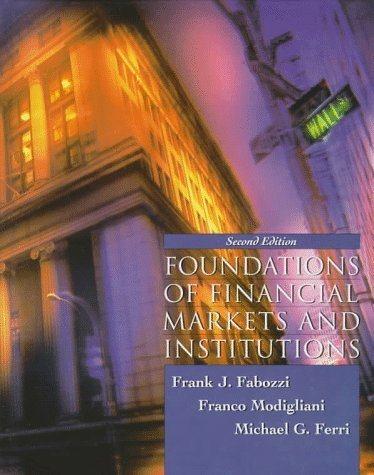
Assessment in Class 1. According to an Ipsos poll, the perception of unfairnessin the U.S. tax code is spread fairly evenly acrossincome groups, age groups, and education levels. In an April 2006 survey of 1,005 adults, Ipsos reported that almost 60% of all people said the code is unfair, while Slightly more than 60% of those making more than $50,000viewed the code as unfair (People Cry Unfairness, TheCincinnati Enquirer, April 16, 2006, p. A8). Suppos contingency table represents the specificbreakdown of responses: Income Level Less than $50,000 More than $50,000 225 280 320 505 500 Total YOS Unfair Total IDOS 1. Give an example of a simple event. 2. Give an example of a joint event. 3. What is the complement of tax code is fair? 4. Why tax code is fair and makes less than $50,000 ajoint event? 5. If a respondent is selected at random, what is the probability that he or she said tax code is fair? 6. If a respondent is selected at random, what is the probability he or she said tax code is unfair and earn less than $50,000? 7. If a respondent is selected at random, what is the probability the he or she said tax code is fair or earn more than $50,000? 8. Given that a respondent carns less than $50,000, what is the probability that she or he said that tax code is fair? 2-1 2-2 What is an opportunity cost? How is this concept used in TVM analysis, and where is it shown on a time line? Is a single number used in all situations? Explain. Explain whether the following statement is true or false: $100 a year for 10 years is an annuity, but $100 in Year 1, $200 in Year 2, and $400 in Years 3 through 10 does not con- stitute an annuity. However, the second series contains an annuity. 2-3 If a firm's earnings per share grew from $1 to $2 over a 10-year period, the total growth would be 100 percent, but the annual growth rate would be less than 10 percent. True or false? Explain. (Hint: If you aren't sure, plug in some numbers and check it out.) Would you rather have a savings account that pays 5 percent interest compounded semi- annually or one that pays 5 percent interest compounded daily? Explain. 2-4








